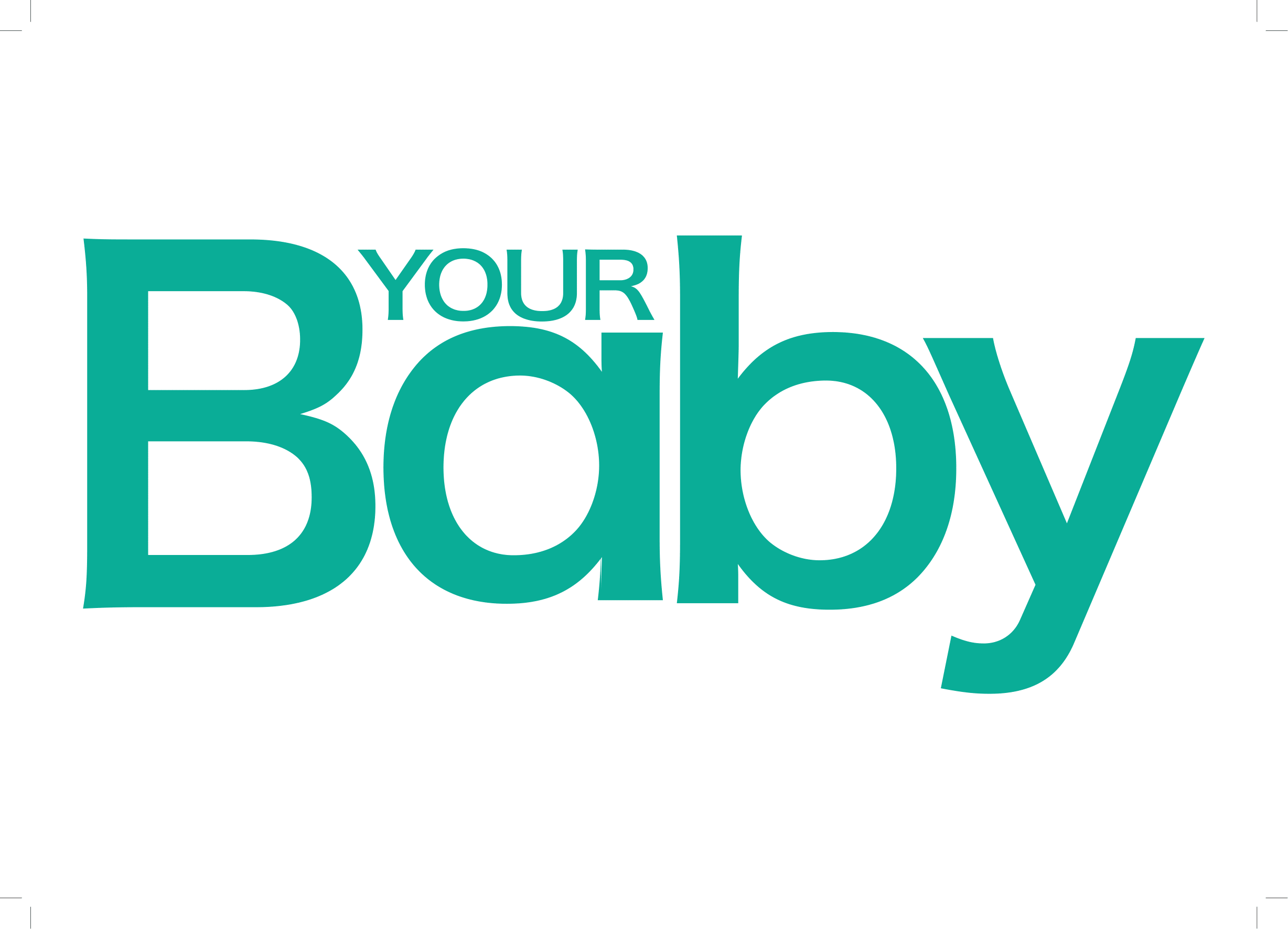
“Breastfeeding takes time and effort – sometimes even pain – but it is well worth learning,” explains Nan Jolly, a La Leche League leader, medical doctor and lactation consultant. She says women are not well-prepared for breastfeeding, since most health professionals receive no specialised training in this field.
Ineffective latching and positioning
The root of most breastfeeding problems lies in ineffective latching and positioning. Getting these sorted early on is key. Feeding your baby on cue and not according to a schedule – and establishing breastfeeding as soon as possible after birth – are also crucial factors for success.
If you’re having a lot of trouble latching and holding your baby correctly, speak to a La Leche League leader, experienced midwife or international board certified lactation consultant (IBCLC).
Most common breastfeeding problems
The most common breastfeeding problems are painful, cracked nipples, engorged breasts and blocked milk ducts. Mysterious lumps and bumps may also surface and need attention.
Nightmare nipples
Incorrect latching is usually the cause when your nipples are painful to touch, red, cracked or feel inflamed.
- Master your latching technique. Local La Leche League meetings are useful, while some websites and online support groups may also help (Ameda, Kellymom and Babycentre are excellent).
- If you have cracks in your nipples massage a small amount of Lansinoh cream into them after feeds. This doesn’t need to be washed off - use sparingly.
- Expose nipples to non-midday sun for just a few minutes and go without a bra for around 10 minutes after each feeding session, as fresh air aids recovery.
- Massage a little breastmilk into the affected area.
- Use a safe pain reliever (speak to your doctor or pharmacist) if necessary.
Engorgement
Having rocks on your chest is not fun! Milk-swollen breasts are common in the first few days, as your main milk is coming in.
- Empty your breasts regularly by feeding on cue and ignoring advice about establishing a schedule.
- Don’t time feeds.
- Once baby has fed from both breasts, manually empty excess milk by hand-massaging the blocked ducts. Massage firmly – but gently – towards the nipple.
- Use both cold and warm compresses alternately to increase milk flow.
- Take a cabbage leaf out of the fridge – or dunk it briefly in just-boiled water – and tuck into your bra (making a hole for the nipple), changing every few hours.
Misbehaving milk ducts
Tender, sore or sensitive masses on your breasts are usually caused by blocked milk ducts. To prevent this happening, remember to feed on cue and pump or hand express milk between feeds to prevent engorgement.
- Take a break from the world and simply spend as much time as possible feeding baby and resting
- Continue to treat the engorgement using the tips outlined above
Lumps and bumps
There are several masses which may cause discomfort:
- Galactoceles are nodules caused directly by blocked milk ducts, but usually don’t appear until weaning. If they don’t disappear spontaneously, they can be aspirated by your doctor
- Milk blisters – literally milk under the skin – are caused by milk collecting underneath a very thin skin layer forming over a milk duct. The blisters may have a white, yellow or clear dot in the centre. To treat them at home, soak the area in olive oil or Epsom-salts, followed by a hot compress before a feed. The blisters usually burst without any interference, but you can very gently scratch the skin with a clean, dry fingernail between feeding sessions. Your pharmacist or doctor may advise you to use a healing cream, but be sure to wash this off thoroughly before your next feed
- Montgomery glands are found in the aerolae and may become infected through pressure or an infected scrape or cut. While painful, they are not serious. Simply breastfeed as much as possible, place your breast in warm water before feeds and gently massage the lump
Go to page 2 for information about mastitis, thrush and correct newborn weight
Mastitis
This is a breast infection requiring prompt medical treatment. If you do not address the problem, it may result in a breast abscess.
- Symptoms of mastitis include a shiny, hot, red and painful area on one breast, chills, nausea, fever or fatigue
- Causes include engorgement, blocked milk ducts and damaged skin in the nipple area.
- Your doctor will prescribe antibiotics and lots of rest
- Continue to breastfeed, starting with the uninfected breast. When you feel a letdown reflex, switch to the infected breast, as the faster milk flow will make it far easier to handle the pain
- If you are diagnosed with an abscess, get in touch with a lactation consultant, as these professionals know exactly how to deal with breastfeeding during this painful period
Thrush
Stabbing pains in your breasts, sore and tender nipples or white patches on the inside of your baby’s cheeks (which cannot be scraped away) may indicate a thrush infection.
Both you and your baby will need to be treated, since thrush is easily spread during breastfeeding. Thrush is yeast overgrowth and can be caused by diabetes, cortisone, the contraceptive pill, tight clothing, perfumes, an impaired immune system, antibiotics and even pregnancy.
- Wear cotton underwear and avoid scented products (especially bubble baths and feminine hygiene creams, sprays or lotions)
- Eat live culture yoghurt, which contains lactobacillus acidophilus
- Try not to use antibiotics
- Do not douche
- See your doctor promptly
- Eat an unprocessed diet, focusing on fresh fruits, vegetables, whole grains, raw nuts and seeds (if no history of allergy)
A word about weight
Since we cannot measure how much breastmilk our babies are drinking, it’s natural to be concerned about having a sufficient supply. Don’t use weight gain as the sole factor in determining the health of your breastfeeding relationship.
Breastfed babies usually put on weight more rapidly than formula babies in the first few months, then level off. Babies who are feeding well may put on between 150g – 250g weekly, while others could gain 300g – 400g one week, then only 100g the following week. Weight varies wildly and it’s important to look at other factors too:
Important factors
- Is she reaching her milestones?
- Are her eyes moist, shining and alert?
- Is she generally alert and aware during awake times?
- Does she have between 5 to 6 or more wet or dirty nappies per day?
Remember too that the standard growth charts are based on data from a group of formula-fed infants who were neither exclusively breastfed for 6 months – and started solids early! Ask your clinic sister, doctor or paediatrician for the new World Health Organisation growth charts for breastfed babies.
Breastmilk is the best possible food on the planet for your baby. Try to relax, take your time and remember – practice makes perfect.




 Publications
Publications
 Partners
Partners










